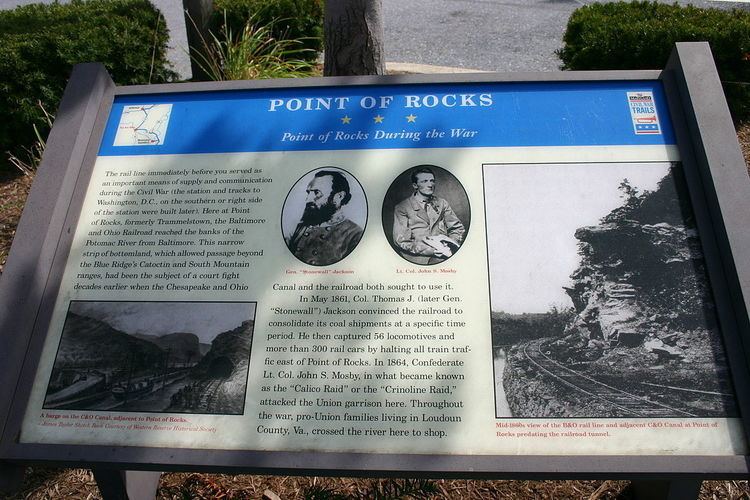 | ||
Heritage interpretation refers to all the ways in which information is communicated to visitors to an educational, natural or recreational site, such as a museum, park or science centre. More specifically it is the communication of information about, or the explanation of, the nature, origin, and purpose of historical, natural, or cultural resources, objects, sites and phenomena using personal or non-personal methods. Some international authorities in museology prefer the term mediation for the same concept, following usage in other European languages.
Contents
- Purpose
- Definitions of heritage interpretation
- Tildens principles of interpretation
- Interpretation organizations
- References
Heritage interpretation may be performed at dedicated interpretation centres or at museums, historic sites, parks, art galleries, nature centres, zoos, aquaria, botanical gardens, nature reserves and a host of other heritage sites. Its modalities can be extremely varied and may include guided walks, talks, drama, staffed stations, displays, signs, labels, artwork, brochures, interactives, audio-guides and audio-visual media. The process of developing a structured approach to interpreting these stories, messages and information is called interpretive planning. The thematic approach to heritage interpretation advocated by University of Idaho professor Sam Ham, the National Association for Interpretation, the US National Park Service, and others, is considered best practice.
Those who practice this form of interpretation may include rangers, guides, naturalists, actors (who may wear period dress and do reenactments), museum curators, natural and cultural interpretive specialists, interpretation officers, heritage communicators, docents, educators, visitor services staff, interpreters or a host of other titles. The interpretive process is often assisted by new technologies such as visualizing techniques.
Purpose
The goal of interpretation is to improve and enrich the visitor experience by helping site visitors understand the significance of the place they are visiting, and connecting those meanings to visitors' own personal lives. By weaving compelling, thematic stories about environmental phenomena and historical events, interpreters aim to provoke visitors to learn and think about their experiences. Effective interpretation enables the visitors to make associations between the information given and their previous perceptions. According to Moscardo interpretation can produce 'Mindful Visitors' who are carefully processing information and negotiating the meanings of the observed object or intangible element.
Interpretation is often used by landowning government agencies and NGOs to promote environmental stewardship of the lands they manage.
Definitions of heritage interpretation
Heritage interpretation is an educational activity which aims to reveal meanings and relationships through the use of original objects, by firsthand experience,and by illustrative media, rather than simply to communicate factual information.
Any communication process designed to reveal meanings and relationships of cultural and natural heritage to the public, through first-hand involvement with an object, artifact, landscape or site.
Interpretation is a mission-based communication process that forges emotional and intellectual connections between the interests of the audience and the meanings inherent in the resource.
Interpretation enriches our lives through engaging emotions, enhancing experiences and deepening understanding of people, places, events and objects from past and present.
Interpretation refers to the full range of potential activities intended to heighten public awareness and enhance understanding of [a] cultural heritage site [sic]. These can include print and electronic publications, public lectures, on-site and directly related off-site installations, educational programs, community activities, and ongoing research, training, and evaluation of the interpretation process itself.
Mediation is the translation of the French médiation, which has the same general museum meaning as 'interpretation'. Mediation is defined as an action aimed at reconciling parties or bringing them to agreement. In the context of the museum, it is the mediation between the museum public and what the museum gives its public to see.
"Tilden's principles" of interpretation
In his 1957 book, "Interpreting Our Heritage", Freeman Tilden defined six principles of interpretation:
- Any interpretation that does not somehow relate what is being displayed or described to something within the personality or experience of the visitor will be sterile.
- Information, as such, is not Interpretation. Interpretation is revelation based upon information. But they are entirely different things. However all interpretation includes information.
- Interpretation is an art, which combines many arts, whether the materials presented are scientific, historical or architectural. Any art is in some degree teachable.
- The chief aim of Interpretation is not instruction, but provocation.
- Interpretation should aim to present a whole rather than a part, and must address itself to the whole man rather than any phase.
- Interpretation addressed to children (say up to the age of twelve) should not be a dilution of the presentation to adults, but should follow a fundamentally different approach. To be at its best it will require a separate program.
For the past 50 years, Tilden's principles have remained highly relevant to interpreters across the world. In 2002 Larry Beck and Ted Cable published "Interpretation for the 21st Century - Fifteen Guiding Principles for Interpreting Nature and Culture", which elaborated upon Tilden's original principles. In 2011, Beck and Cable released a new version of their principles in "The Gift of Interpretation".
